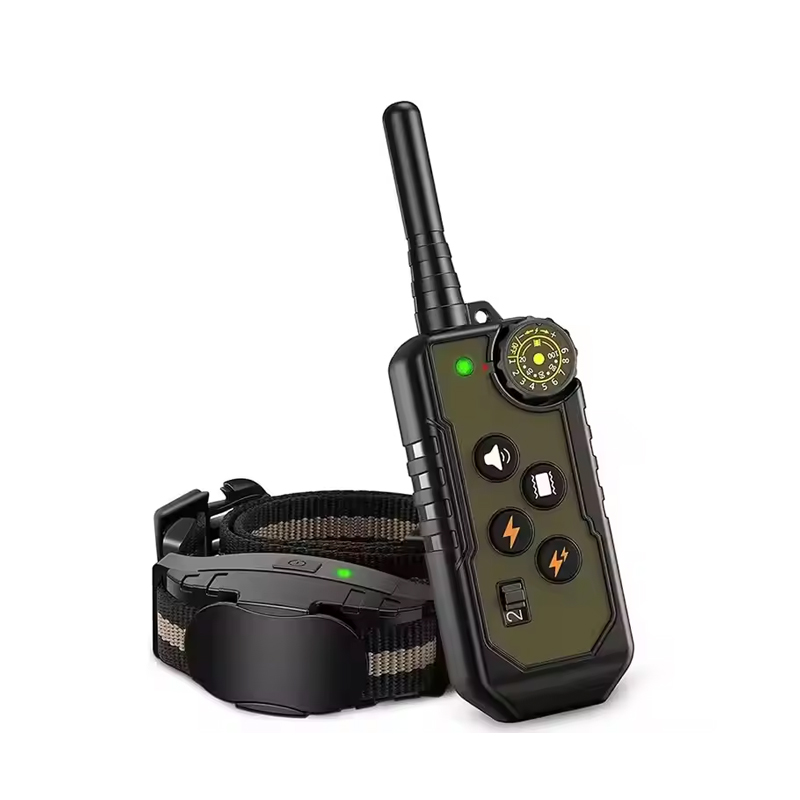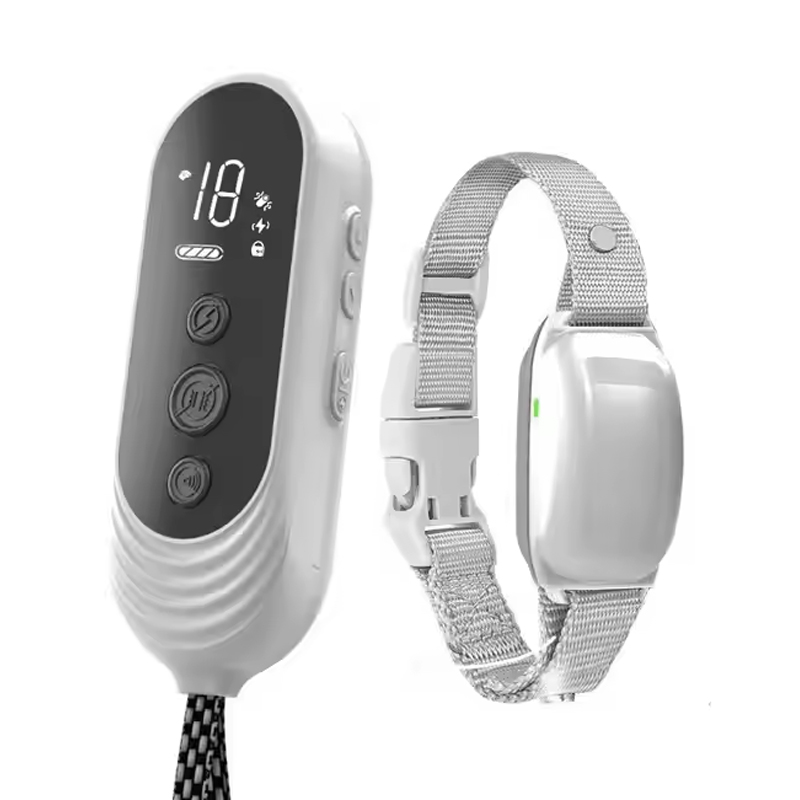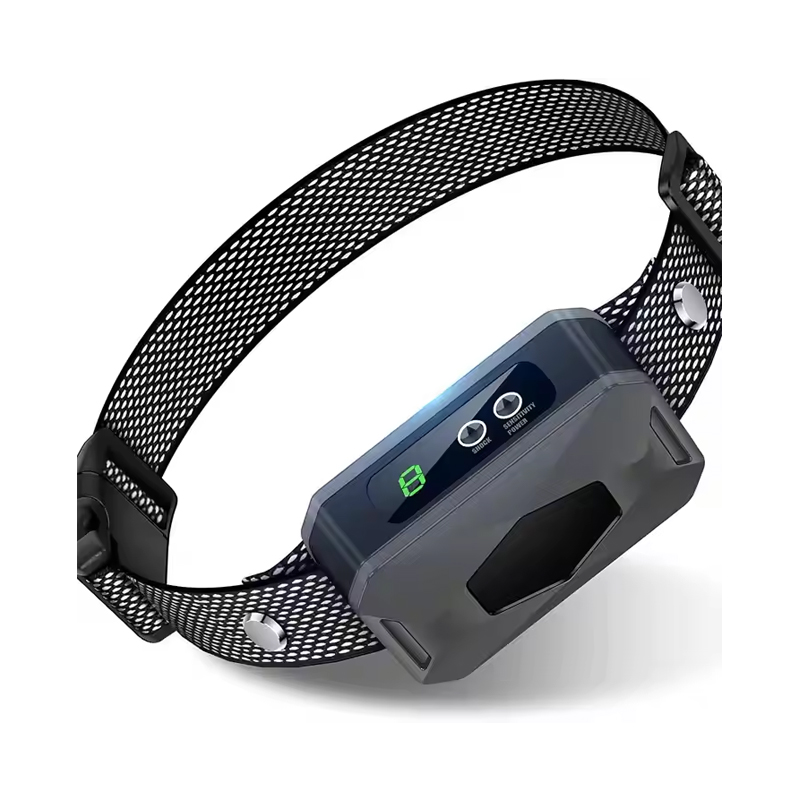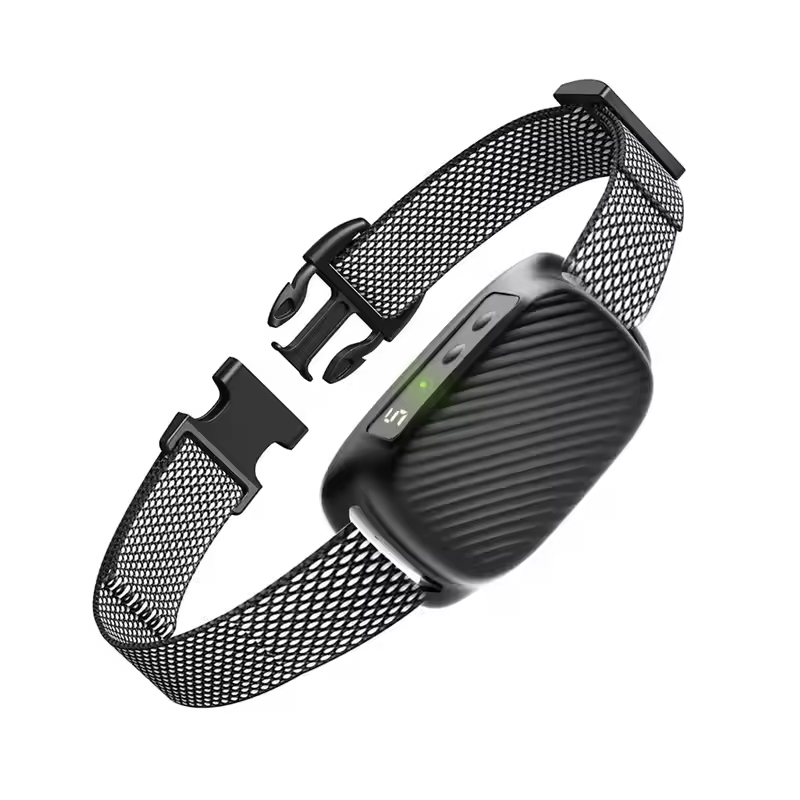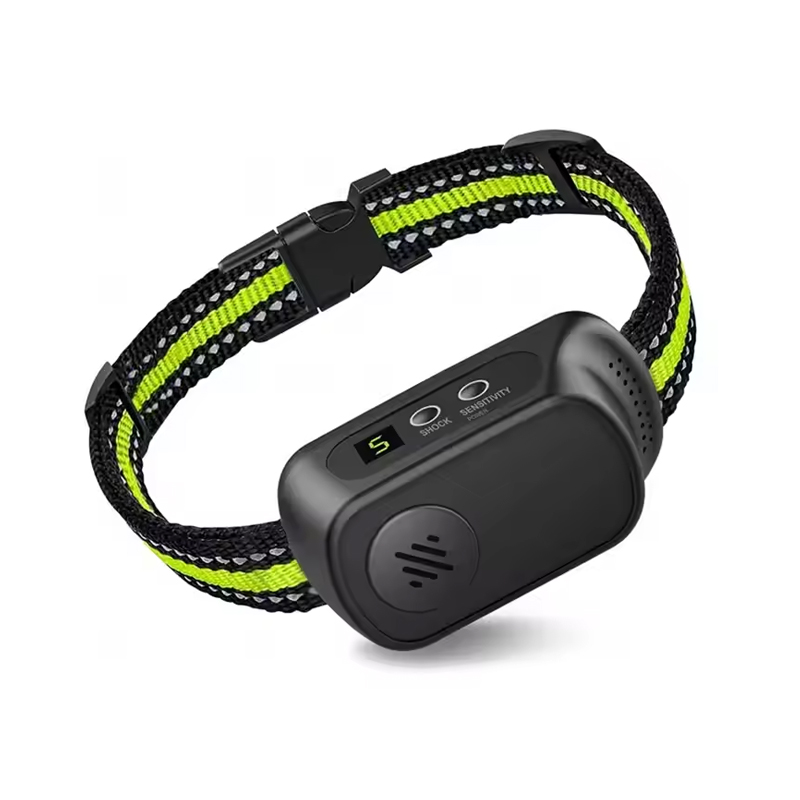- Type:
- Industry News
- Date:
- 2025-10-31
How Does an Automatic Cat Litter Box Work?
The Evolution of Cat Care
Cats have long been cherished companions, and maintaining their hygiene is a top priority for pet owners. Traditional litter boxes have served their purpose for years, but with faster-paced lifestyles and higher hygiene standards, Cat Litter Box Automatic Cleaning has emerged.
Automatic litter boxes are more than just a convenience; they represent a technological leap in pet care, maintaining cleanliness, reducing odors, and improving comfort for both cats and their owners. But how exactly does an automatic cat litter box work?
What Is Automatic Cat Litter Box Cleaning?
Cat Litter Box Automatic Cleaning is a technology that uses sensors, mechanical components, and motors to automatically clean cat litter.
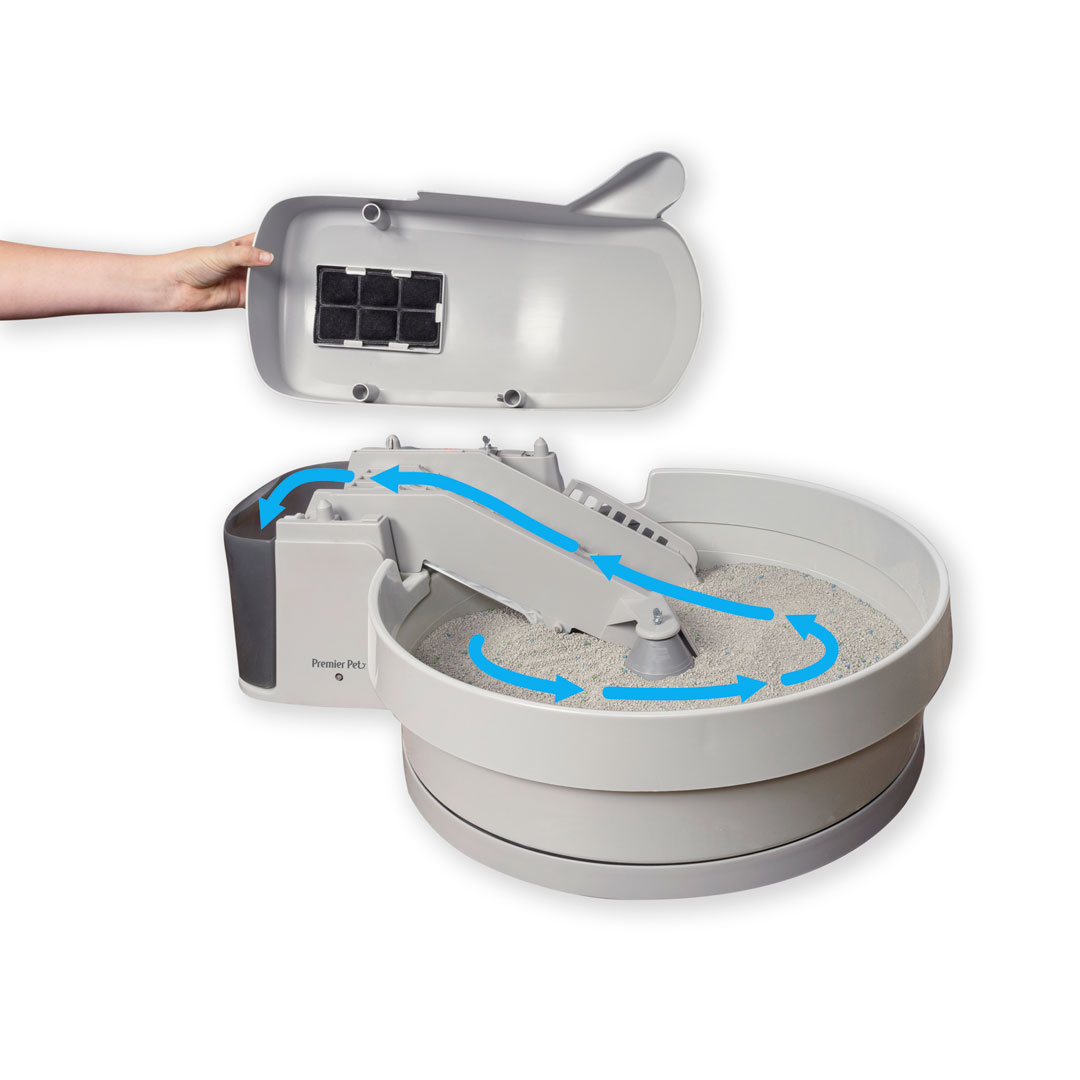
Its operation typically follows these steps:
1.Detecting Cat Activity
When a cat enters the litter box, built-in weight or motion sensors detect its presence.
2.Starting the Cleaning Cycle
After the cat leaves, the system automatically begins the cleaning process.
3.Waste Separation
A rake, drum, or sieve separates the waste from clean litter.
4.Waste Collection
Separated waste is transported to a sealed compartment or waste bin, preventing odor from spreading.
5.Litter Leveling
Remaining clean litter is leveled and spread evenly, preparing the box for the next use.
Main Advantages:
Reduces the frequency of manual cleaning
Maintains a hygienic litter box environment
Reduces odor and bacterial growth
Encourages cats to maintain regular elimination habits
Increases convenience for owners
In short, automatic cat litter box cleaning allows the litter box to clean itself, keeping cats clean and owners worry-free.
How Does the Automatic Cleaning Mechanism Work?
The core of an automatic cat litter box lies in its sensor technology and mechanical design, using intelligent control to achieve automatic cleaning. The general workflow is as follows:
Cat Use Detection
Built-in weight or motion sensors detect when a cat enters and leaves the litter box.
The system automatically starts the cleaning cycle once the cat leaves.
Mechanical Cleaning Action
The motor drives a rake, drum, or sieve to separate waste from clean litter.
Waste is pushed or rolled into a sealed collection compartment, preventing odor spread.
Litter Leveling and Smoothing
Remaining clean litter is leveled by the rake or drum to ensure comfort for the next use.
Some advanced models can adjust cleaning depth based on litter thickness automatically.
Smart Feature Assistance
Scheduled Cleaning: Cleaning cycles can be set to suit single-cat or multi-cat households.
Odor Control: Activated carbon filters or sealed compartments reduce smell.
Noise Management: Low-noise motors and soft-start mechanisms reduce stress for cats.
What Are the Smart Features of an Automatic Cat Litter Box?
Modern automatic cat litter boxes not only clean litter automatically but also integrate a variety of smart features, making pet care more convenient, hygienic, and efficient. The main features include:
Adjustable Cleaning Schedule
Owners can set cleaning intervals based on their cat's usage frequency or the number of cats in the household.
Prevents over-cleaning or under-cleaning, keeping the litter consistently clean.
Odor Control System
Built-in activated carbon filters or sealed waste compartments effectively reduce odor spread.
Keeps the home air fresh and enhances overall comfort.
Noise Reduction Design
Motors use low-noise technology and vibration-dampening mechanisms to minimize mechanical noise during cleaning.
Prevents startling cats, allowing them to use the litter box calmly.
Smart Sensing and Safety Protection
Weight or motion sensors detect the presence of a cat to prevent accidental harm during cleaning.
Cleaning cycles can automatically pause or delay to ensure safety.
Remote Monitoring & App Integration
Some advanced models can connect to a mobile app, allowing owners to monitor litter usage and waste levels in real time.
App notifications can remind owners to empty the waste bin or replace the filter, simplifying management.
Energy-Efficient Design
Intelligent motor control ensures the device only runs when necessary, reducing energy consumption.
Uses eco-friendly materials and replaceable modules to extend the product's lifespan.
Suitable for Multi-Cat Households
Automatically increases cleaning frequency to accommodate multiple cats using the litter box.
Prevents cats from competing for clean litter, maintaining order and hygiene.
Can Automatic Litter Boxes Improve Cat Health?
Absolutely. Consistent and thorough cleaning reduces cats'prolonged exposure to waste, lowering the risk of urinary tract infections, respiratory irritation, or skin problems. Cats are also more likely to use a clean litter box consistently, forming healthy elimination habits.
So, do cats adapt easily to automatic litter boxes? Most cats quickly learn to use them with gradual introduction, especially when the litter box is placed in a quiet and accessible location.
How Often Should You Clean and Maintain It?
Even though automatic litter boxes clean themselves, regular maintenance is necessary to ensure long-term efficiency and a hygienic environment for cats. Recommended guidelines include:
| Maintenance Task | Frequency | Details / Notes |
|---|---|---|
| Waste Collection Bin Cleaning | Weekly | Empty the waste bin or container to prevent odor buildup and mechanical blockages. |
| Sensor & Mechanical Component Cleaning | Monthly | Clean sensors, rakes, and drums to remove residual litter and ensure smooth operation. |
| Filter Replacement & Check | Every 1–3 months | Replace activated carbon filters or other odor-control devices depending on usage and number of cats. |
| Overall Device Inspection | Periodic (Monthly/As needed) | Check power cords, connections, and motor operation; repair or replace parts if loose, noisy, or malfunctioning. |
1.Waste Collection Bin Cleaning
Empty the waste bin or container weekly.
Prevents excessive buildup that can cause odors or mechanical blockages.
2.Sensor and Mechanical Component Cleaning
Inspect and clean sensors, rakes, or drums monthly to remove leftover litter.
Ensures accurate cat detection and smooth mechanical operation.
3.Filter Replacement and Check
Activated carbon filters or other odor-control devices should be replaced every 1–3 months, depending on usage and number of cats.
Maintains odor control effectiveness and air quality.
4.Overall Device Inspection
Regularly check power cords, connections, and motor operation.
Repair or replace parts if any looseness, unusual noise, or operational issues are found.
Sustainable and Eco-Friendly Design
Modern automatic cat litter boxes not only focus on functionality and convenience but also increasingly emphasize sustainability and eco-friendly design, catering to environmentally conscious pet owners. Key features include:
Energy-Efficient Motors
Automatically start only when necessary, reducing unnecessary energy consumption.
High-efficiency motors lower long-term operating costs while being environmentally friendly.
Recyclable Materials
Components such as the housing, waste collection bin, and filters are made from recyclable or eco-friendly materials.
Reduces environmental burden from waste.
Modular Design
Parts like filters, rakes, and motor modules can be individually replaced or upgraded.
Extends device lifespan and reduces waste from full replacements.
Eco-Friendly Packaging
Uses biodegradable or recyclable packaging materials, reducing the carbon footprint from transportation and storage.
Smart Energy Management
Advanced models are equipped with intelligent control systems that automatically adjust cleaning frequency and energy use based on cat usage patterns and time of day.
How Does an Automatic Cat Litter Box Work?
It combines sensors, motors, and intelligent design to efficiently remove waste, maintain hygiene, reduce odors, and keep cats safe and comfortable.
From the moment a cat enters the litter box to the completion of a cleaning cycle, Cat Litter Box Automatic Cleaning enhances convenience for owners and improves cats'quality of life. The combination of technology and thoughtful design perfectly integrates cleanliness, health, and intelligent innovation.


